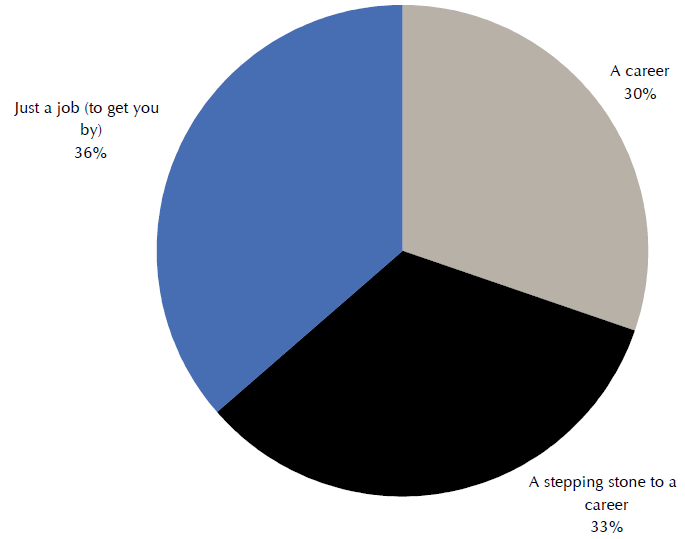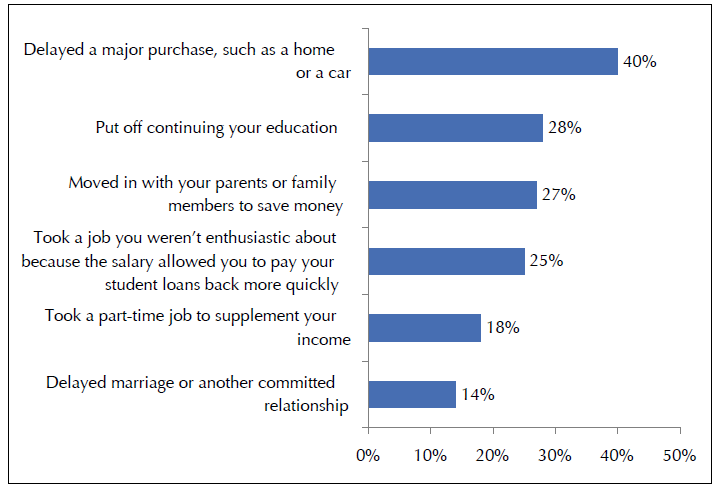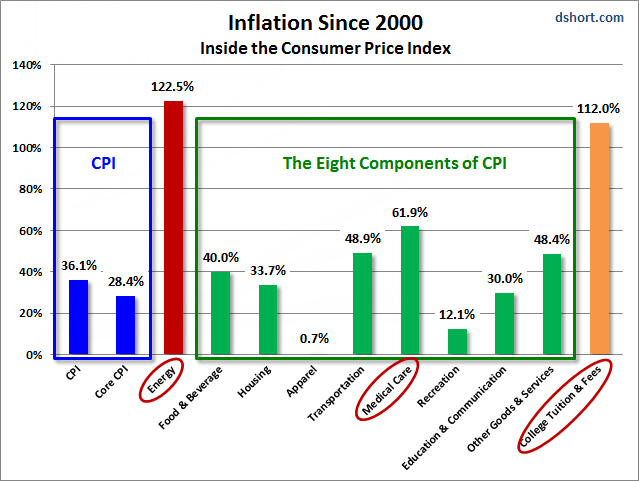Okay, I give, seriously, WTF do these universities do with all the money?
I think I found my new calling... unionize all these serfs. Man could I collect on that kind of deal!
http://www.aljazeera.com/indepth/opi...749246453.html
It is 2011 and I'm sitting in the Palais des Congres in Montreal, watching anthropologists talk about structural inequality.
The American Anthropological Association meeting is held annually to showcase research from around the world, and like thousands of other anthropologists, I am paying to play: $650 for airfare, $400 for three nights in a "student" hotel, $70 for membership, and $94 for admission. The latter two fees are student rates. If I were an unemployed or underemployed scholar, the rates would double.
The theme of this year's meeting is "Traces, Tidemarks and Legacies." According to the explanation on the American Anthropological Association website, we live in a time when "the meaning and location of differences, both intellectually and morally, have been rearranged". As the conference progresses, I begin to see what they mean. I am listening to the speaker bemoan the exploitative practices of the neoliberal model when a friend of mine taps me on the shoulder.
"I spent almost my entire salary to be here," she says.
My friend is an adjunct. She has a PhD in anthropology and teaches at a university, where she is paid $2100 per course. While she is a professor, she is not a Professor. She is, like 67 per cent of American university faculty, a part-time employee on a contract that may or may not be renewed each semester. She receives no benefits or health care.
According to the Adjunct Project, a crowdsourced website revealing adjunct wages - data which universities have long kept under wraps - her salary is about average. If she taught five classes a year, a typical full-time faculty course load, she would make $10,500, well below the poverty line. Some adjuncts make more. I have one friend who was offered $5000 per course, but he turned it down and requested less so that his children would still qualify for food stamps.
*snip*
I think I found my new calling... unionize all these serfs. Man could I collect on that kind of deal!
http://www.aljazeera.com/indepth/opi...749246453.html
It is 2011 and I'm sitting in the Palais des Congres in Montreal, watching anthropologists talk about structural inequality.
The American Anthropological Association meeting is held annually to showcase research from around the world, and like thousands of other anthropologists, I am paying to play: $650 for airfare, $400 for three nights in a "student" hotel, $70 for membership, and $94 for admission. The latter two fees are student rates. If I were an unemployed or underemployed scholar, the rates would double.
The theme of this year's meeting is "Traces, Tidemarks and Legacies." According to the explanation on the American Anthropological Association website, we live in a time when "the meaning and location of differences, both intellectually and morally, have been rearranged". As the conference progresses, I begin to see what they mean. I am listening to the speaker bemoan the exploitative practices of the neoliberal model when a friend of mine taps me on the shoulder.
"I spent almost my entire salary to be here," she says.
My friend is an adjunct. She has a PhD in anthropology and teaches at a university, where she is paid $2100 per course. While she is a professor, she is not a Professor. She is, like 67 per cent of American university faculty, a part-time employee on a contract that may or may not be renewed each semester. She receives no benefits or health care.
According to the Adjunct Project, a crowdsourced website revealing adjunct wages - data which universities have long kept under wraps - her salary is about average. If she taught five classes a year, a typical full-time faculty course load, she would make $10,500, well below the poverty line. Some adjuncts make more. I have one friend who was offered $5000 per course, but he turned it down and requested less so that his children would still qualify for food stamps.
*snip*




















Comment